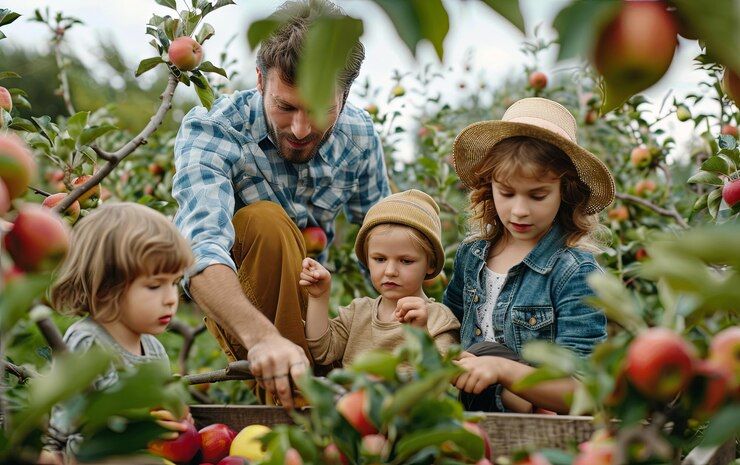Have you ever wondered why humans are such social creatures? From ancient tribes to modern cities, our survival and progress have always depended on one crucial factor: connection. Relationships, community bonds, and social networks haven’t just shaped our societies; they’ve literally shaped our biology and evolution.
In The Bonded by Stephen Bramer, this idea takes a darker turn. The novel introduces a subspecies of humanity bound by a shared consciousness, pushing the concept of human connection to its extreme. It asks whether evolution through connection strengthens us or strips us of what makes us human.
Let’s explore how human connections made us who we are today.
Social Bonds Were Our First Survival Tool
Before tools or technology, human survival depended on cooperation. Early humans hunted, gathered, and protected each other through tightly woven communities. Emotional bonds and shared responsibilities made it possible to endure harsh environments and threats.
In The Bonded, the evolution of a species through extreme connection echoes this concept but takes it far beyond emotional bonds into shared thought, identity, and control.
Communication Fueled Our Advancement
Language and storytelling allowed humans to pass down knowledge and build culture. By communicating ideas, warnings, and experiences, we created tools, laws, and civilizations. This ability to connect across generations and share abstract thoughts gave humans a major evolutionary advantage.
In the novel, The Bonded take communication to another level, operating as one mind. Their seamless information-sharing makes them powerful, but also terrifying. What starts as an evolutionary leap becomes a loss of individuality.
Empathy and Altruism Strengthen Societies
Helping others isn’t just morally right, it’s strategic evolution. A community that looks out for one another thrives. Acts of empathy and altruism build stronger social groups, making them much more likely to survive. Over time, evolution favors those who can cooperate, compromise, and care.
The Bonded reflects this idea, but with a twist. The hive mind eliminates discounts personal well-being in favor of group survival. It’s empathy without boundaries, but also without freedom. The novel explores what happens when cooperation becomes enforced unity.
Modern Networks, Ancient Wiring
Even in today’s hyper-connected world, our brains still run on ancient social instincts. We crave connection, validation, and shared purpose. Social networks, team dynamics, and even virtual communities still tap into the evolutionary need to belong.
In The Bonded, the need to belong is taken to a biological extreme. Connection is no longer a choice, it’s a condition of existence. The story forces you to ask: are we evolving toward deeper unity, or are we losing the parts of ourselves that make us distinct?

Final Thoughts: Evolution Is More Than Biology
Human evolution has always been shaped by our connections. Relationships, trust, communication, and cooperation have helped us survive and thrive. But as The Bonded explores, the power of connection can also be dangerous when it comes at the cost of individuality.
The Bonded by Stephen Bramer explores the extremes of human connection through a hive-mind subspecies. While the Bonded represent ultimate unity, they also raise profound questions: How much connection is too much? At what point does unity erase individuality?
If you’re drawn to stories that explore the deep links between connection, evolution, and identity, order The Bonded today and experience a sci-fi thriller that challenges what it means to be human.



